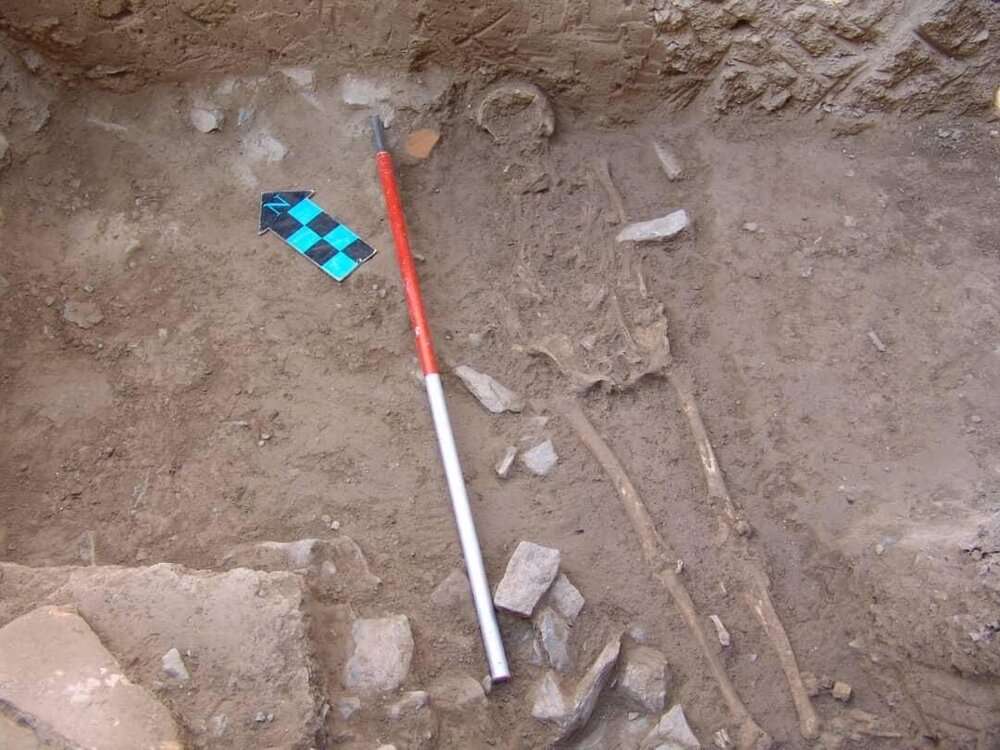2,000-Year-Old Burials Uncovered in Iran
At the ancient Tepe Ashraf in Isfahan, a team of Iranian archeologists found what they call the second Parthian era skeleton (247 BC – 224 CE) hoping to offer new insights on the history of the central Iranian city.
Led by senior archeologist Alireza Jafari-Zand, the team uncovered the remains of the first ‘Parthian lady’ last month in a place they believe is likely to be an ancient cemetery.
“At a distance of 10 meters from the body of [the first] Parthian lady, we found the burial [place] of a teenage girl. She is buried in the form of an open arch and on the ground.

Evidence shows that the body belonged to a teenager of about 12 to 13 years old with a height of about 160, but unfortunately the skeleton is damaged due to high humidity,” Jafari-Zand said on Tuesday.
Talking about the new discovery, he explained “It is clear from the burial that the tomb was designed [based on a special ritual]. Next to this corpse, there was a platform on which the remains of a large broken jar and a part of a horse’s spinal cord were placed.”
However, he proposed a hypothesis that the tombs were probably opened in very distant history, IRNA reported.
“Around the burial of this teenaged Parthian girl, a stone hedge was erected and a platform was set up. Remnants of this type of platform had already been found in the Parthian lady’s grave and a blue-colored jug was placed on it.
The archaeologist believes that due to the confusion of architectural evidence and objects of these two tombs, the tombs were probably opened in very distant history,’ he explained.
Earlier this year, an ancient burial containing the remains of a horse — estimated to be four years old was found near a place where a giant jar-tomb was unearthed weeks ago, which researchers believe could shed new light on ancient human life in Isfahan.
“Tepe Ashraf is the second place after the Tepe Sialk (in Isfahan province) that has yielded the discovery of such jar tombs that offers valuable clues to uncover the obscure history of pre-Islamic Isfahan,” according to the archaeologist.
Excavations at Tepe Ashraf initially began in 2010 when Jafari-Zand announced his team found evidence at the site suggesting that the Sassanid site had also been used during the Buyid dynasty (945–1055).
“We stumbled upon a reconstructed part in the ruins of the castle, which suggests that the structure had been used during the Buyid dynasty.”
The Parthian Empire (247 BC – 224 CE), also known as the Arsacid Empire, was a major Iranian political and cultural power in ancient Iran.
The Parthians largely adopted the art, architecture, religious beliefs, and royal insignia of their culturally heterogeneous empire, which encompassed Persian, Hellenistic, and regional cultures.
At its height, the Parthian Empire stretched from the northern reaches of the Euphrates, in what is now central-eastern Turkey, to eastern Iran.





